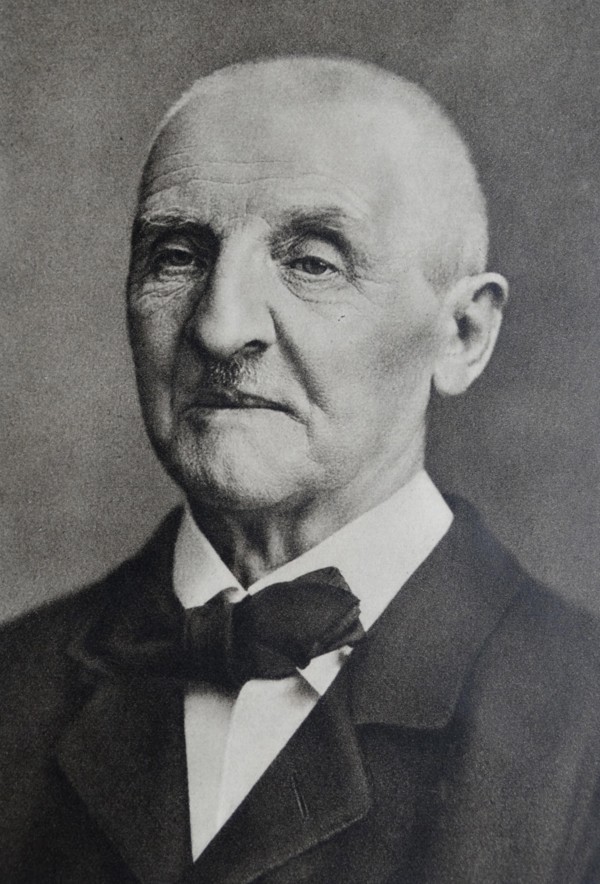
Review: HK Phil brilliant in Bruckner’s 8th Symphony under Jaap van Zweden’s baton
Dutch maestro brings out the dynamic subtleties and intricate moments of Austrian’s monumental work while maintaining a firm grasp of its structure, aided by principal horn Jiang Lin’s confident playing
As he did with many of his works, Anton Bruckner – always a diffident composer – revised his eighth symphony, which had come in for stinging criticism from the conductor Hermann Levi, changing the architecture and textural shadings and making the work more bombastic.

Under the direction of Jaap van Zweden, the Hong Kong Philharmonic Orchestra tackled this, more frequently performed, second version with a mixture of restraint and grandiloquence that brought out the symphony’s themes of death and transfiguration. Even the more intimate moments were conveyed with a warmth of vibrato, and with a comprehension of its emotional beauty.
Van Zweden was in his element here, leading with little reference to the score yet managing to extract dynamic subtleties and maintain clarity of contrapuntal line and an understanding of the work’s structural complexities. In the third and fourth movements in particular, Bruckner, obsessed with death, allows extra-musical ideas to suppress the typical Romantic symphonic form, creating a patchwork design that juxtaposes gloom with euphoria.
This symphony makes heavy demands on the orchestra’s strings and brass, but with triple woodwinds as well as three harps, Bruckner has the means to explore a vast range of colour combinations. His use of four Wagner tubas, which often interject with stately, chorale-like material, at times reminiscent of Wagner’s Valhalla leitmotif, produces the “cathedrals of sound” effect for which the symphony is known.
Much of the responsibility for a successful performance of this work rests with the principal French horn, which presents much of the important melodic material. Jiang Lin oscillated with confidence between brassy outbursts and mellow lyricism.

Much is made of how Bruckner’ s works provide glimpses of other composers – they are described as Wagnerian in melodic continuity, Mahlerian in orchestration and Brahmsian in harmonic richness – but it would be wrong to dismiss the Austrian’s symphonies as mere pastiches. At the close of the first movement, funeral bells toll on the timpani, interspersed with fragments of the principal theme that grow steadily fainter until they are barely audible. Van Zweden exaggerated this moment to an almost theatrical degree.
And Bruckner’s fingerprints are all over the ensuing Scherzo, typically a humorous interlude; here new motifs are punctuated by the deathly tolling of bells as the composer crafts a complex movement using relatively simple means.
The first half of the Adagio is the highlight of this work, with three harps, often playing in unison, lending an almost transcendent quality to the richness of the strings. The movement, however, requires patience; uncharacteristically for a slow movement, it is lengthy, with numerous climaxes that are often immediately softened with textural delicacy. The fourth movement is equally lengthy and again the ever-changing textural and emotional onslaught is sometimes hard to swallow.
Bruckner’s use of contrast here may be a way of preparing the listener for the return of the themes from the whole symphony in the movement’s final measures, a culmination van Zweden delivered with scintillating clarity.
Bruckner Symphony No. 8, Hong Kong Cultural Centre Concert Hall, October 13
